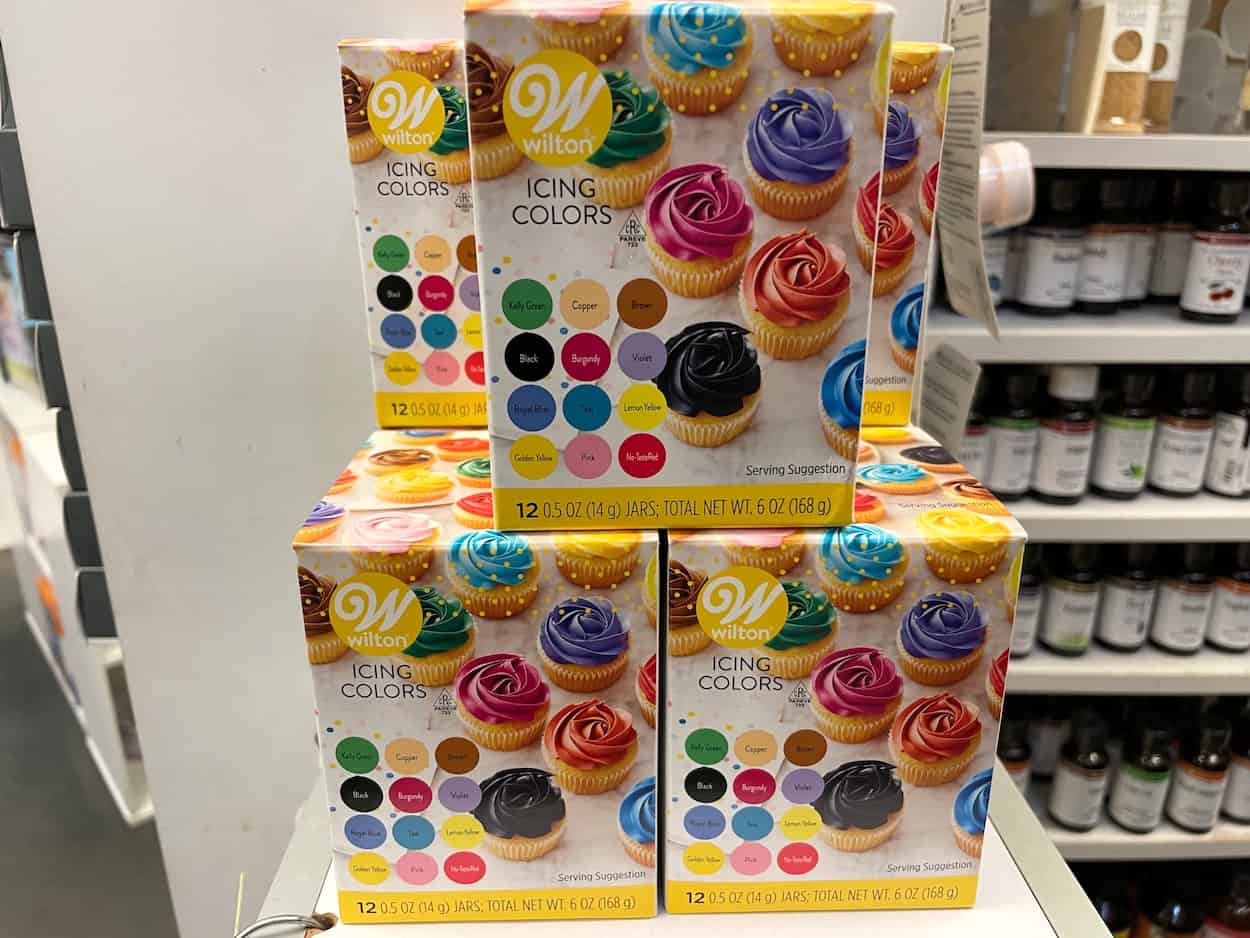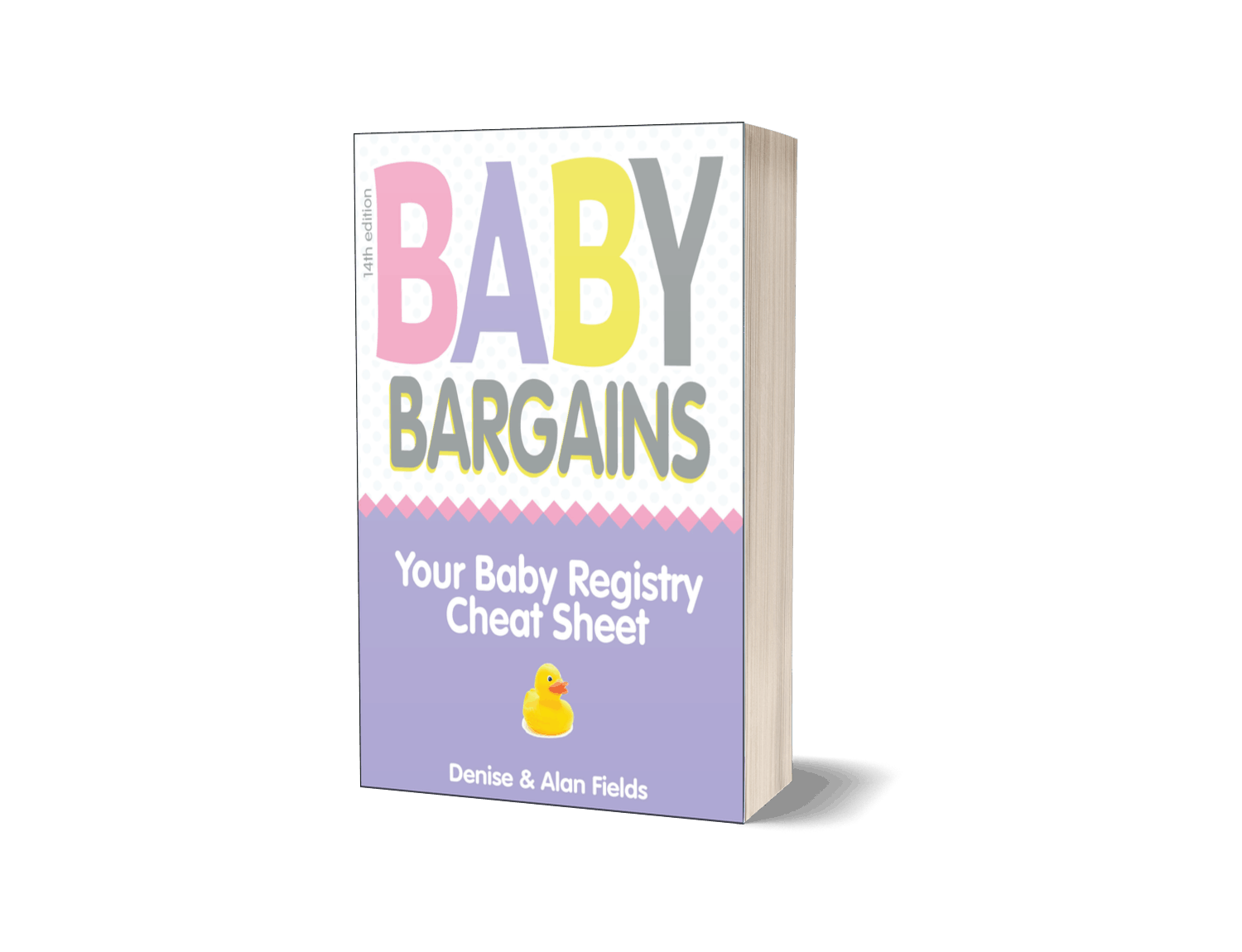
Last Updated: .
FYI: We've been reviewing and rating products for the home and families since 1994. To keep things independent, we don't take money or freebies from brands we review! Our work is 100% reader-supported!
Best Budget Food Coloring
Check on Amazon
Best Budget Food Coloring: Spice Supreme Assorted Food Colors
When it comes to food coloring, you have three basic choices: liquid, gel and natural. Each has its pros and cons when it comes to baking or cooking.
Liquid food coloring is affordable and easy to use. On the downside, it isn’t as vibrant in color as some would like. Liquid food coloring is great for creating pastels, such as pink icing on a cupcake. (If you want bright or deep hues, food coloring gel is a better bet).
We tried out nine brands of food coloring in various recipes before choosing Spice Supreme’s Assorted Food Colors as the best budget food coloring liquid. Here’s why:
What We Liked
• No high fructose corn syrup.
• Good basic starter set with four colors.
• Made in USA.
• Great also for crafting and other household uses.
• Affordable.
What Needs Work
• Allergy alert: contains soy.
• Bottles can leak too easily, in our opinion.
• Red Dye #40. We know some folks are allergic to this, so just an FYI.
• Very small bottles. Each one has three-tenths of an ounce of color.
• Have to use a large amount to get vibrant colors. But this is true for most liquid food coloring!
Best Gel Bright Colors
Check on Amazon
Best Gel Bright Colors: Jelife Gel-Based Flavorless Edible Food Color Dye
When cooking and decorating with kids, there is often a need for bright designs (unicorns, we are looking at you). That’s one disadvantage to liquid food coloring: while it is good for pastels, bright jewel tones are hard to replicate.
To the rescue comes gel food coloring. We tried out a handful of gel food color brands that promised bright colors to decorate cupcakes. The winner this time around: Jelife’s gel food coloring.
What We Liked
• 10 bright colors: teal, pink, blue and purple were the best, in our opinion.
• Little bit goes a long way.
• Easy to use.
What Needs Work
• Very small bottles. Each one has a quarter of an ounce of color.
• Not made in the USA.
• Pricey.
Best Wide Color Palette
Check on Amazon
Best Wide Color Palette: Limino Food Coloring
Most food coloring sets contain four basic colors. You’re then supposed to mix various colors together to achieve other colors.
Sometimes, however, it is easier to just start with a set of food coloring that has more variety in colors. This is especially true when using food coloring for crafts.
We tried out a few sets that had a wide variety of colors before deciding Limino’s food coloring set was the best bet. Made in China, this food coloring is excellent for crafts or projects like slime.
We thought this 12-color set had the best hues and is easy on the wallet, to boot.
What We Liked
• 12 colors with cute names: lime, kiwi, green apple, purple cabbage, blueberry, grape, lemon, tangerine, strawberry, pitaya, mangosteen, black currant.
• Concentrated. A little goes a long way!
• Doesn’t stain your hands. This coloring is water soluble.
What Needs Work
• Have to use a lot to get vibrant colors. But that is true for most liquid food coloring.
• Ingredient list could be more transparent. On the plus side, the maker of this food coloring set has a list of ingredients they will email you. On the downside, you have to request it be sent to you via email!
Best Natural Food Color
Check on Amazon
Best Natural Food Color: Watkins Assorted Food Coloring
Yes, we eat with our eyes—that’s why food coloring in recipes goes back eons!
Yet food coloring has a major Achilles’ heel: the ingredients are a long way from “natural.” Most food coloring has artificial colors, manufactured dyes and chemical names that are hard to pronounce, much less comprehend. (What exactly is carboxymethylcellulose, anyway?)
We know some folks prefer a more natural alternative to food coloring. Some have allergies to ingredients like Red Dye #40. Others just want a cleaner alternative without corn syrup, for example.
So we tried out three different “natural” food colorings in various recipes. The winner: Watkin’s Assorted Food Coloring. Here’s why:
What We Liked
• No artificial colors.
• FD&C dye free.
• No GMO’s.
• No corn syrup.
• Made in USA.
• Ingredients we can pronounce: glycerin, invert sugar, water, vegetable juice, citric acid, polysorbate 80, turmeric, trehalose, spirulina extract, sodium citrate.
• 4 basic color set: red, blue, green yellow.
What Needs Work
• Could be more vibrant. These colors are duller than other food coloring we tested.
• Polysorbate 80? Yes, this ingredient is naturally sourced from vegetables and the FDA allows it to be added to food as an emulsifier. But we know some folks try to avoid this for sensitivity reasons.
• Sometimes need to experiment to get right color. Because the blue isn’t what you might think of as blue, it takes a bit of trial and error to get the colors right when it comes to icing!
Why Trust Us
We’ve been rating and reviewing products for the home and kids since 1994. We do hands-on testing—we buy products (like food coloring in this article) with our own money and evaluate with an eye toward quality, ease of use and affordability.
Here’s another key point: we don’t take money from the brands we review. No free samples, no sponsors, no “partnerships.” Our work is 100% reader-supported!

BabyBargains.com is a participant in the Amazon Services LLC Associates Program, an affiliate advertising program designed to provide a means for sites to earn advertising fees by advertising and linking to Amazon.com and its related sites. As an Amazon Associate, I earn from qualifying purchases.



 We obsess over gear for families . . . so you don't have to. Baby Bargains has one mission: help you find the best gear for your family and home with unbiased reviews by experts with 20 years of experience. At prices that don't break the bank. When you purchase a product from links on this site, we make a small affiliate commission. Learn more
We obsess over gear for families . . . so you don't have to. Baby Bargains has one mission: help you find the best gear for your family and home with unbiased reviews by experts with 20 years of experience. At prices that don't break the bank. When you purchase a product from links on this site, we make a small affiliate commission. Learn more 
